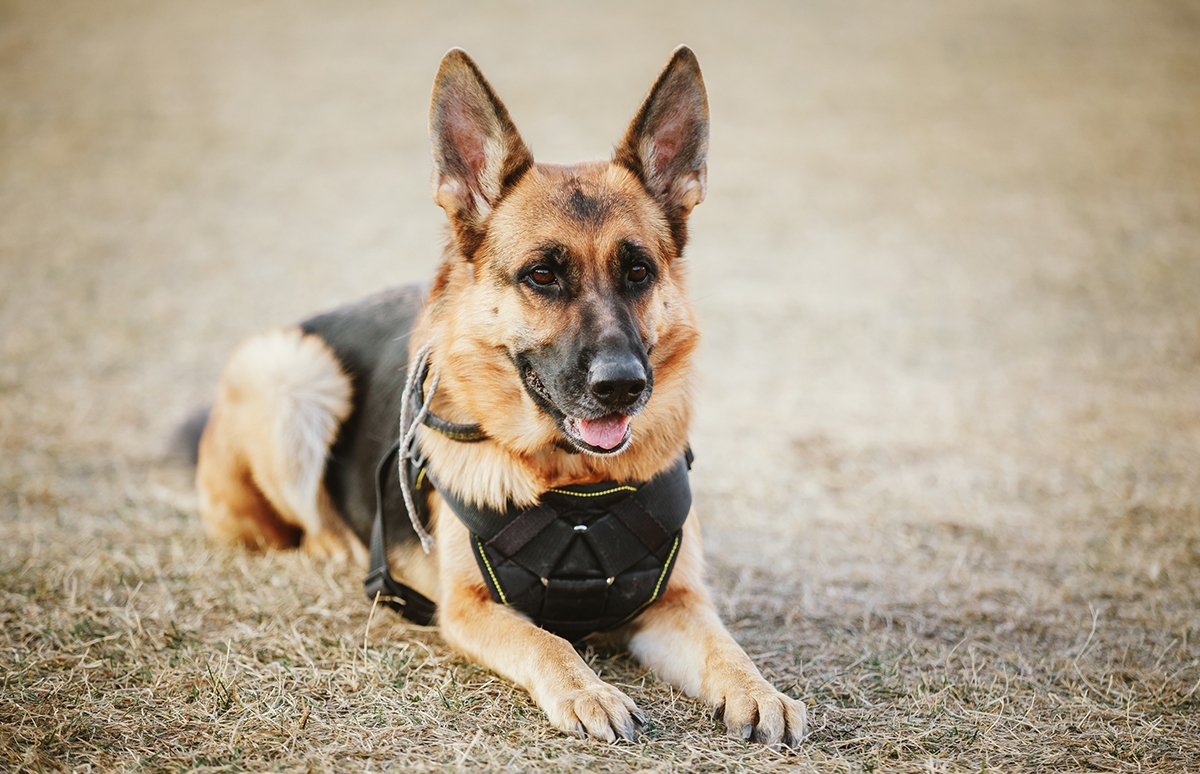Why are they so important?
Are you or a loved one in need of a service dog? Or maybe you are just curious about these amazing canines. Either way, you will be thrilled to learn about what these dogs can do! So, what is a service dog? I have decided to write this article out of sheer inspiration from these amazing animals. Read below to find out more!
A Service Dog is a Companion
A service dog is an assistance animal specifically trained to aid people with disabilities. They also serve as loving companions to their owners. People really seem to underestimate the love, intelligence, and potential that many dogs have.
The proven success of service dogs has led to many new Disabilities Acts around the world. This law in many countries around the world involves that places of business must not discriminate against those with disabilities and allow their service animals to join them wherever they go.
While most “service dogs” are trained, some people who are highly prone to stress have a dog to help them cope. While this is a wonderful trait of most dogs, dogs whose sole purpose is to provide comfort are not always classified as service animals under the various Disabilities Acts.
How Are Service Dogs Trained?
Puppy Raisers
Dogs must first go through extensive training before being registered as a service dog. Certain people are trained to be “puppy raisers.” They care for and raise puppies until they reach the age of 14-16 months. It is at this point that they continue onto service dog training.
Pre-Screening
All potential service dogs must undergo a two-week pre-screen. During this test, these dogs are given X-rays, medical tests, and temperament tests. Many dogs are denied because of medical or temperament issues. The ones who pass these screenings move on to the next phase of training which usually lasts six to nine months.
First Semester
This phase of service dog training lasts about three months. This block of training hones the basic obedience and command training that the dogs received as puppies. During this time, dogs learn how to work and act around a wheelchair as well as learning retrieval commands.
Those who excel in their training move on to the next phase. Those who are not up to par, are adopted out to loving homes. It is not uncommon for the puppy raisers to adopt these dogs so there is always a happy ending for these sweet fur-babies.
Second Semester
This is another three-month segment in the training of service dogs. This is a much more intense form of training where dogs learn over 40 commands! They learn things like “pull,” “light-switch” and more. They also practice working in many different environments to prepare them for the diversity in people they can meet.
This section of training is also another screening where not all dogs pass. They are tested to see if they really have what it takes to become a service dog companion. Those that are deemed ready, move on to the next phase of training and become one step closer to being someone’s service dog.
Team Training
Team training is a two weeks session in which service dog recipients learn proper handling of their Canine Companion. After their training is completed, they attend a heartfelt graduation ceremony where the leash is handed from the trainers to the new owner.
Here is a list of some of the people service dogs help and how.
- Deaf and hearing loss. These dogs are specially trained to alert owners to the source of a sound.
- These dogs are trained to specifically assist war veterans. These dogs oftentimes assist with calming veterans with PTSD.
- Physical Disability. These dogs help with everyday tasks such as picking up dropped items, opening doors, and more!
- Disabled Children. Children who have disabilities are matched with dogs that have been trained to work with children.
- Children with Autism. Service dogs help children with autism to stay calm and gain confidence.
- Protect the environment. Many dogs are now being used in Anti-Poaching units through-out South Africa to help the fight against Rhino and other poaching.
It is easy to see why service dogs are so important. They help so many people and even change the lives of some. I hope this article has been helpful and informative! Spread the word to all you know about the inspirational work that is done by these wonderful dogs and their caregivers.
About Author
Here at ThinkofPuppy.com, Anna shares her dog-loving passion with the world. She likes to give her dogs the best of everything and bring helpful, interesting information to her readers. Sharing personal experiences and love of everything dog is her goal.
Source: http://www.cci.org/site/c.cdKGIRNqEmG/b.4011115/k.65BA/Training_assistance_dogs.htm / http://www.neads.org/service-dogs

